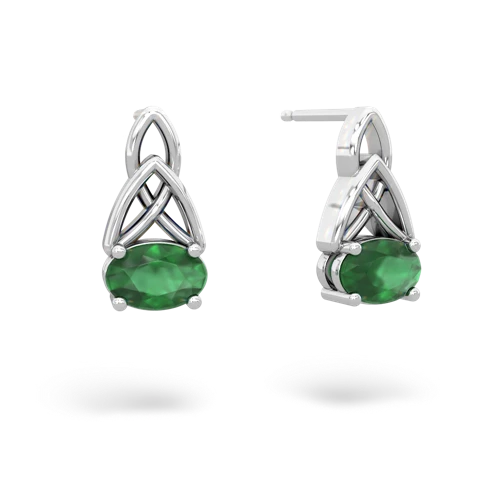

- 6 x 4 mm Oval
- 0.80 total carats (0.40 x 2)
- AA Quality
- eye-clean
- Origin: Brazil
These earrings feature two brown smoky quartzs, which lie below the beautiful setting. These Celtic knot earrings traditionally carry the meaning of infinite love. With their curvy gold settings in which we see no beginning or end, reminding us of the timeless nature of our spirit, and the love we have for each other. Smoky Quartz is known as the gem of spirit and intellect and is the birthstone for the month of November.



The design choices of the jewelry from Jewels for Me! are beautifully artistic and the craftsmanship of the jewelry and gemstones is very high quality. I purchased these for my wife and she absolutely loved them!! I will definitely buy from this company again. I would recommend any of their pieces.
JOHN C
FORT WORTH, tx
Tuesday, October 23, 2012